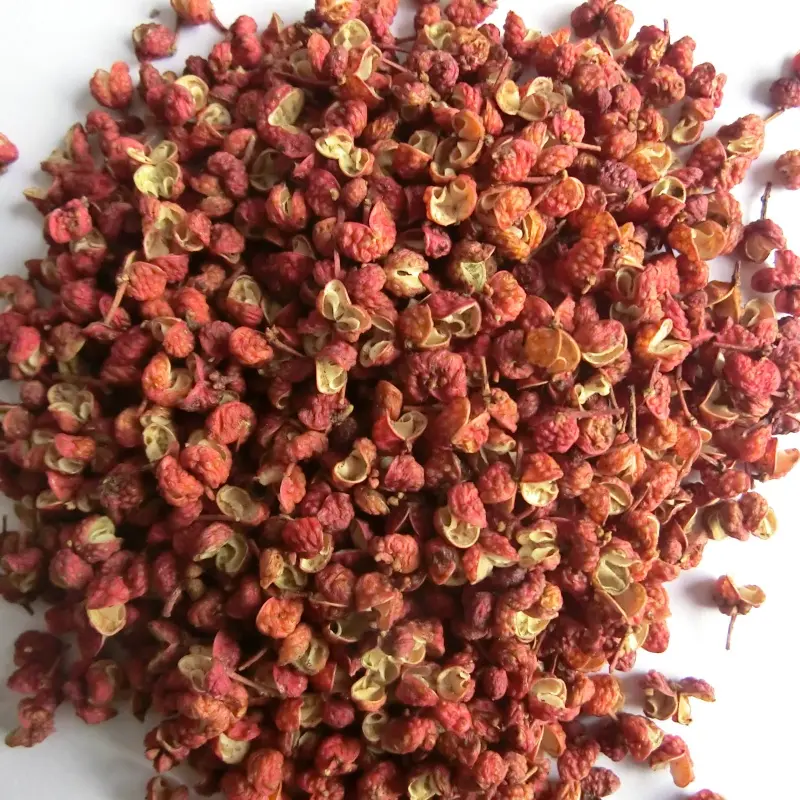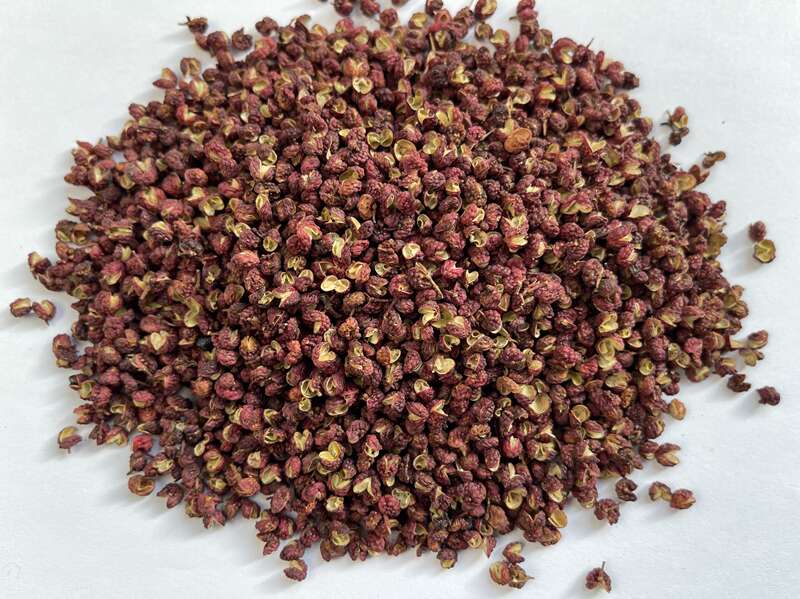You can grow your chili pepper plants inside, and many people have been successful doing this for years. Not every type of chili pepper plant will be as successful as others, but you do have options. Smaller chili pepper plants, like ornamentals, will grow more effectively indoors as they do not require as much room as a larger chili plant.
Temperature is a consideration. Many chili pepper plants prefer the warmer climes, but some species grow best in more moderate temperatures. Capsicum annuums grow best with plenty of sun and moderate humidity, while Capsicum chinense grow best in moderate temperatures and higher humidity. Most prefer cooler temperatures in the evening, however.
Light is always a factor. Place your plants near brightly lit windows that receive many hours of sunlight. Little sunlight results in narrow stems.
Be sure to water properly when growing chili peppers indoors. Water when the soil is slightly dry, but do not overwater as you may rot the roots, therefore killing the chili pepper plants. Water until the soil is slightly moist.
Feeding your chili pepper plants can help, especially when growing them indoors. Miracle Gro or a similiar plant food or fertilizer is recommended for feeding the plants. To break it down, these fertilizers contain three important elements that feed the plants - Nitrogen, Phosphorous, and Pottassium, or N-P-K. Use as recommended on the package. Usually you only need to fertilize every 2 weeks.
Note that air quality is important. You don't want to pollute the air with smoke or other irritants, as that can affect the growth of your chili pepper plants.
Lastly, keep an eye on your chili pepper plants. Some produce more quickly than others, but many take a while.

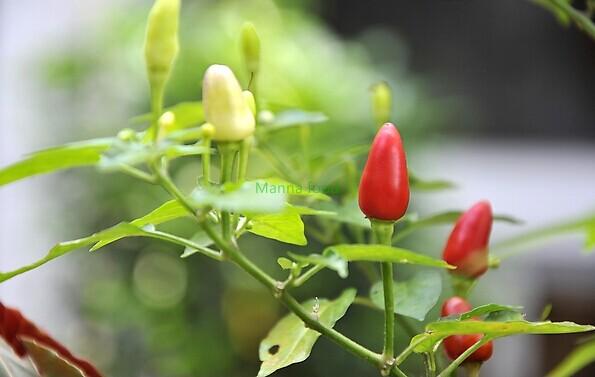
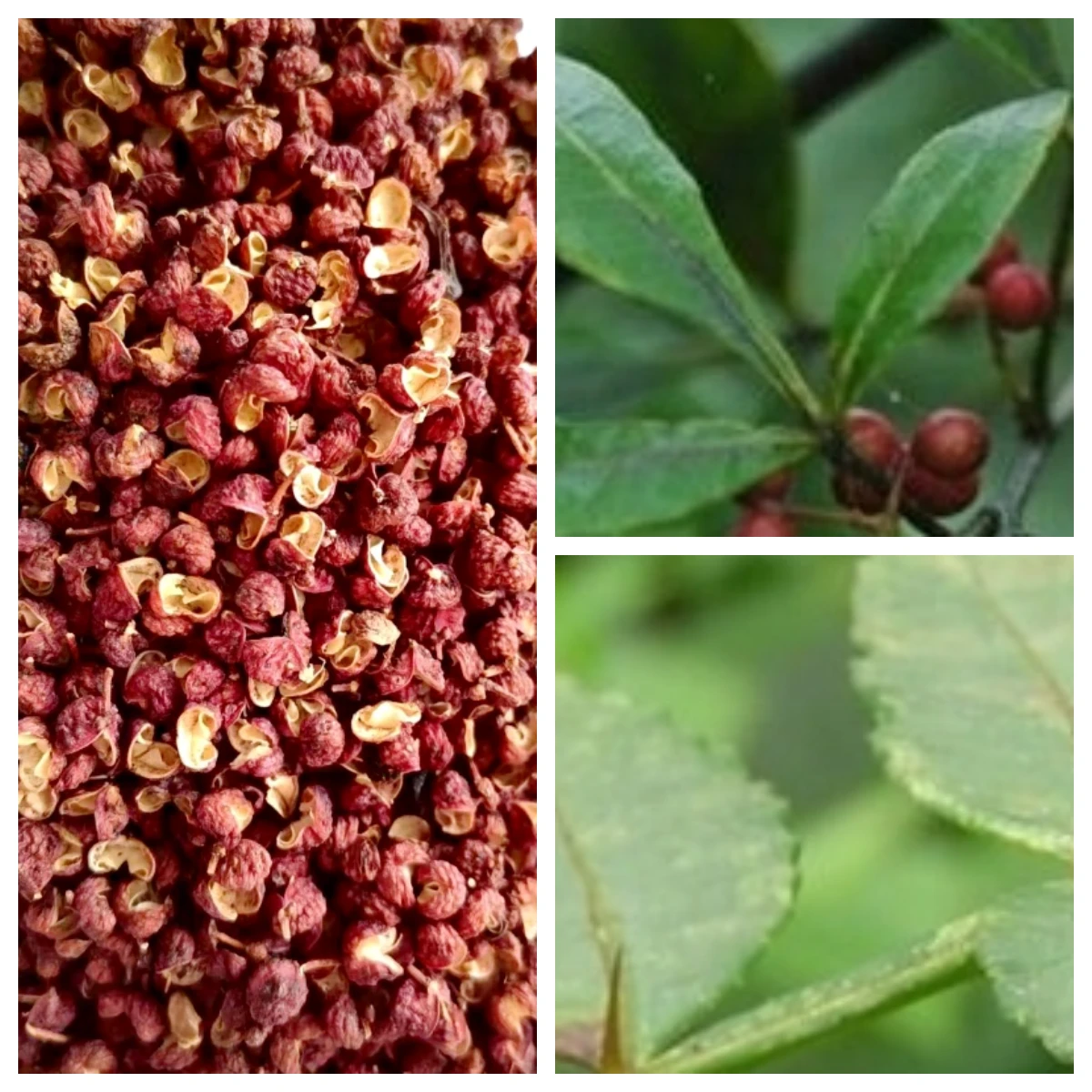
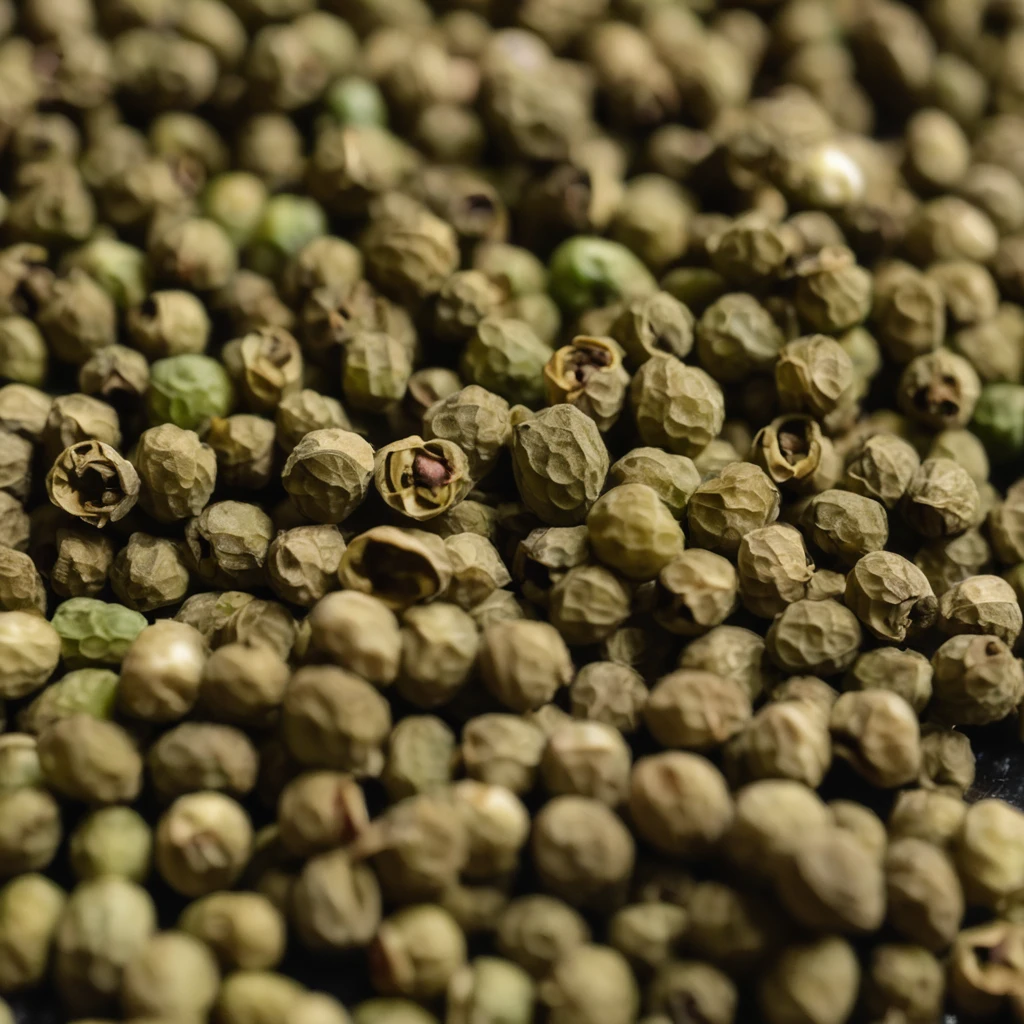
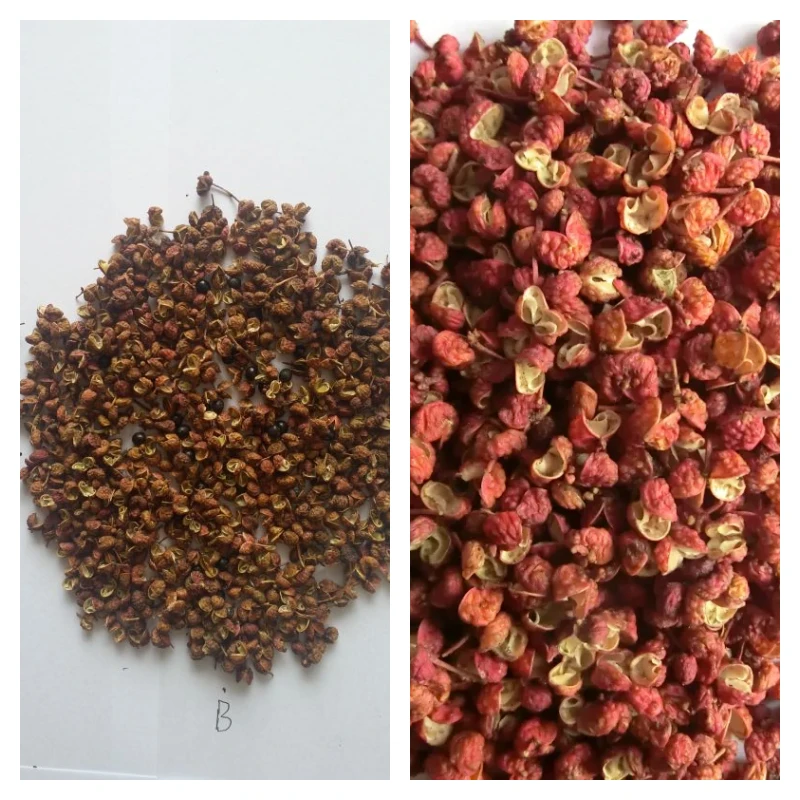

811.webp)
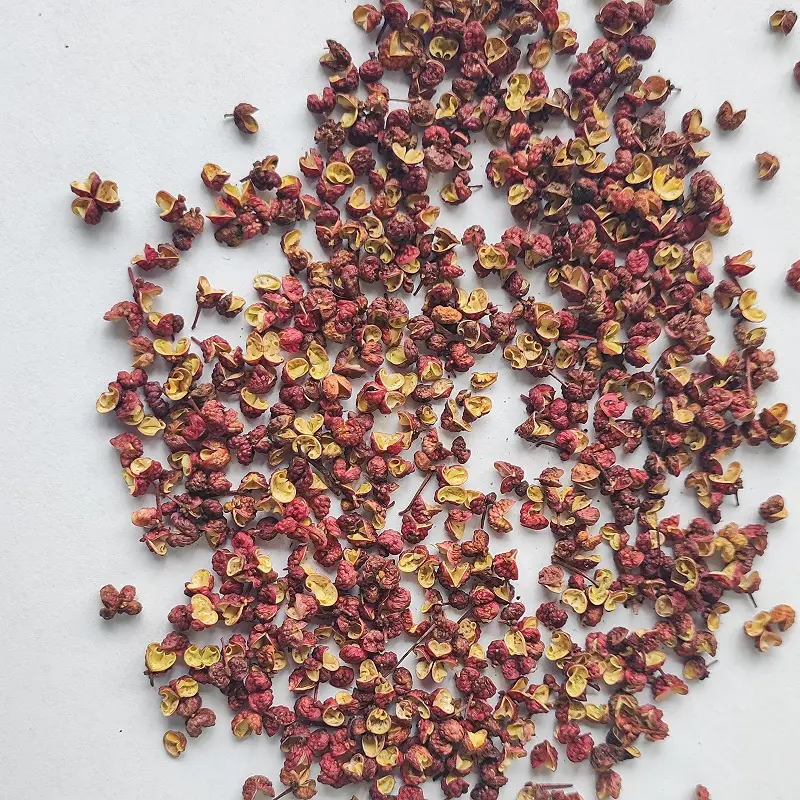
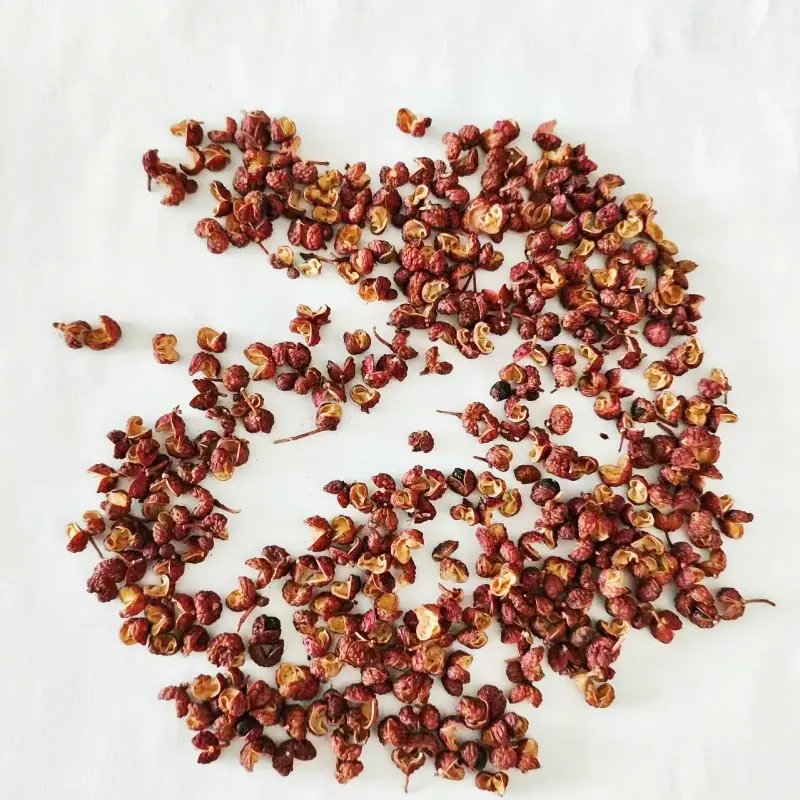
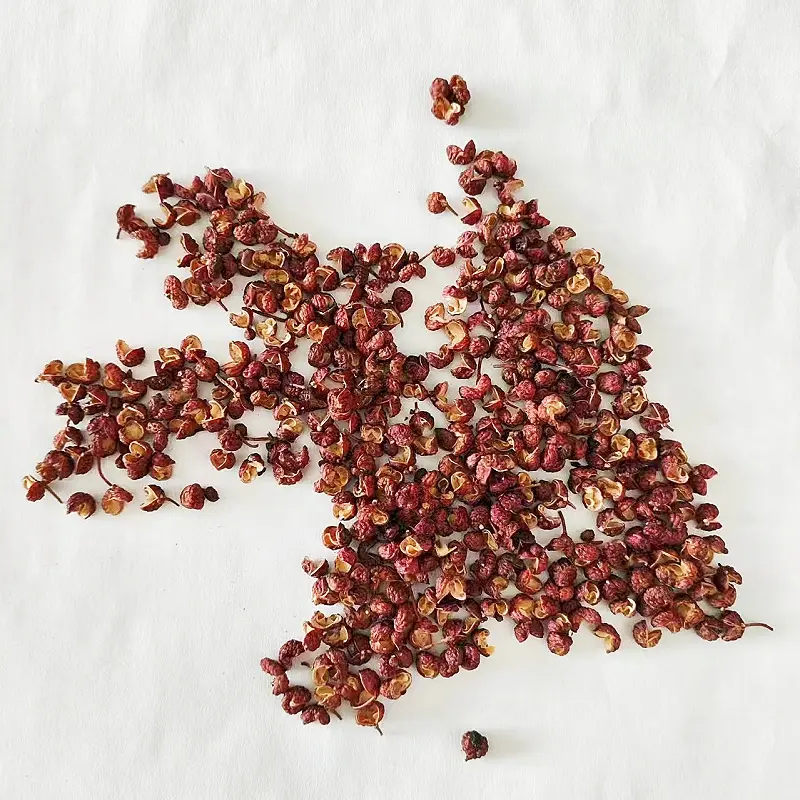
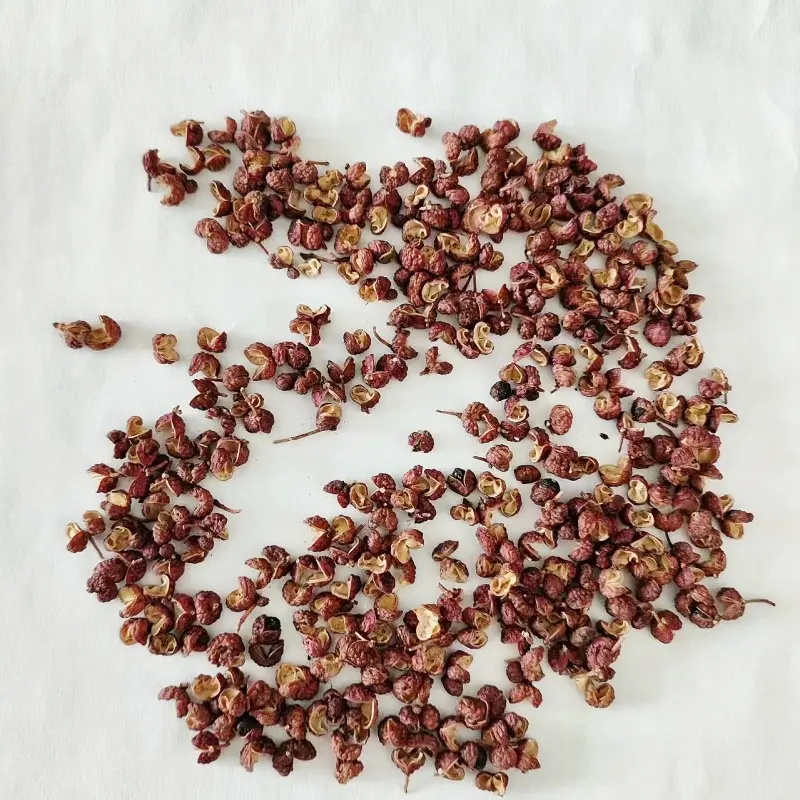
114.webp)
